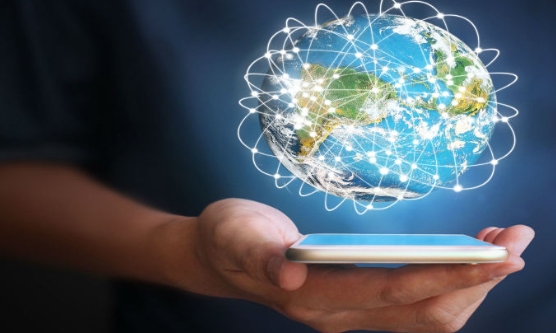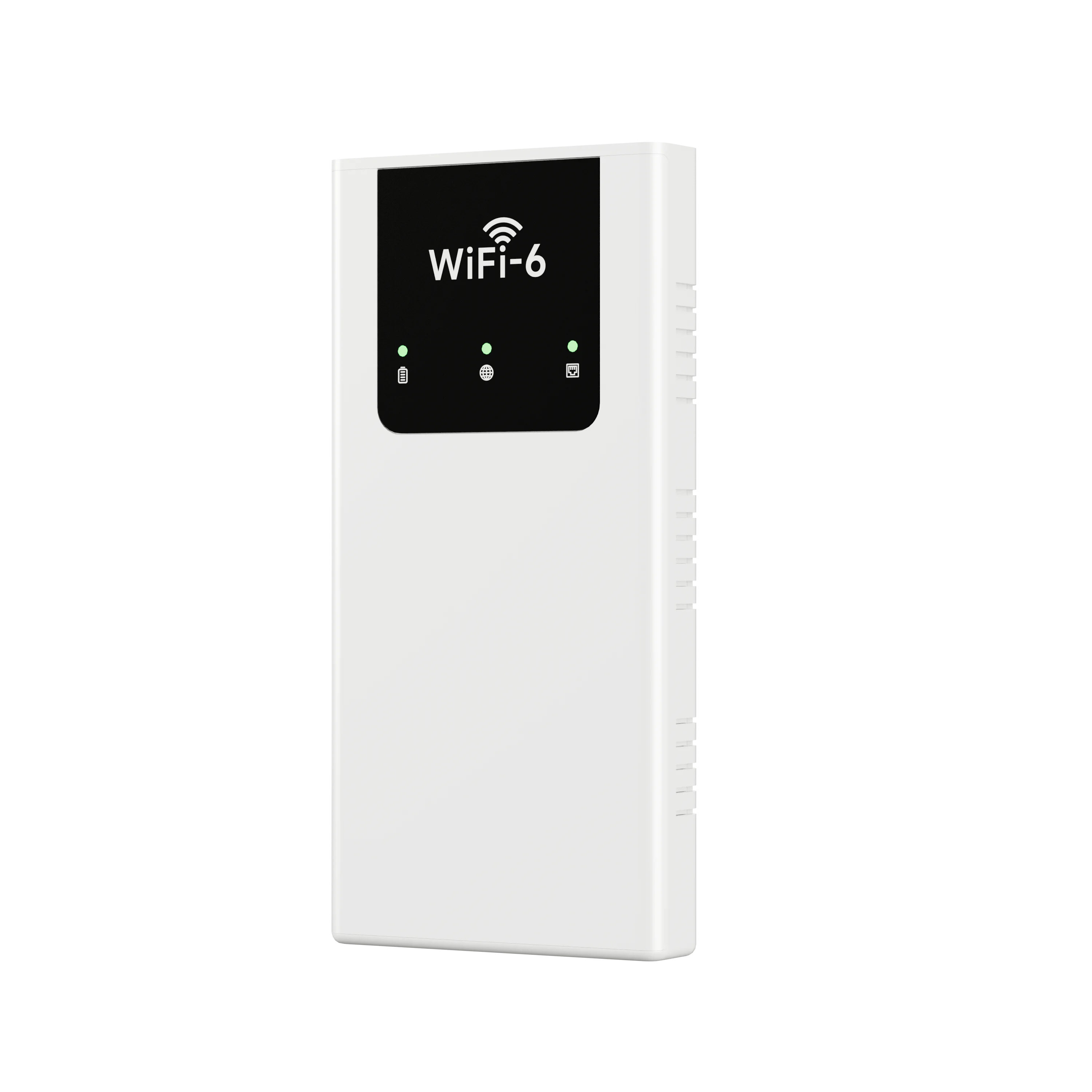Interconnected Realities: Unraveling the Intricacies of Device-to-Device Communication

In the era of digital transformation, the communication between devices has become an integral part of our daily lives. From smartphones to smart homes, the seamless interaction between devices is reshaping the way we live, work, and interact with the world around us. This article delves into the complexities of device-to-device communication, exploring its underlying mechanisms, implications, and future prospects.
Device-to-device communication, often abbreviated as D2D communication, is a paradigm that allows devices to communicate directly with each other without relying on a centralized network infrastructure. This technology is a cornerstone of the Internet of Things (IoT), enabling devices to exchange data and collaborate to perform tasks more efficiently.
One of the most prevalent forms of D2D communication is Bluetooth technology. Bluetooth allows devices to exchange data over short distances, creating personal area networks that are highly efficient and secure. However, Bluetooth is just the tip of the iceberg when it comes to D2D communication. Other technologies such as Wi-Fi Direct, Zigbee, and Near Field Communication (NFC) also play crucial roles in facilitating direct communication between devices.
The advent of 5G technology has further revolutionized D2D communication. With its ultra-low latency and high data transfer rates, 5G enables real-time communication between devices, opening up new possibilities for applications such as autonomous driving, remote surgery, and virtual reality.
However, the proliferation of D2D communication also brings about several challenges. Security is a major concern, as the direct communication between devices can potentially be exploited by malicious actors. Ensuring the privacy and integrity of data exchanged between devices is therefore of paramount importance. Moreover, the coexistence of different D2D communication technologies can lead to interference and compatibility issues, necessitating the development of robust standards and protocols.
Looking ahead, the future of D2D communication is promising. With advancements in artificial intelligence and machine learning, devices will become increasingly intelligent, capable of making decisions and performing tasks autonomously. Furthermore, the integration of D2D communication with technologies such as blockchain and edge computing could lead to the creation of decentralized, distributed networks that are highly resilient and secure.
In conclusion, the communication between devices is a complex yet fascinating field that is reshaping our digital landscape. As we continue to explore and innovate, the possibilities for D2D communication are virtually limitless. Whether it's enabling smart homes, autonomous vehicles, or connected healthcare, D2D communication is undoubtedly a key driver of the digital revolution.
By understanding the intricacies of device-to-device communication, we can harness its potential to create a more connected, efficient, and intelligent world. As we stand on the brink of a new era of connectivity, the future of D2D communication is not just about devices talking to each other, but about creating a seamless, interconnected reality where technology is an extension of our lives.
